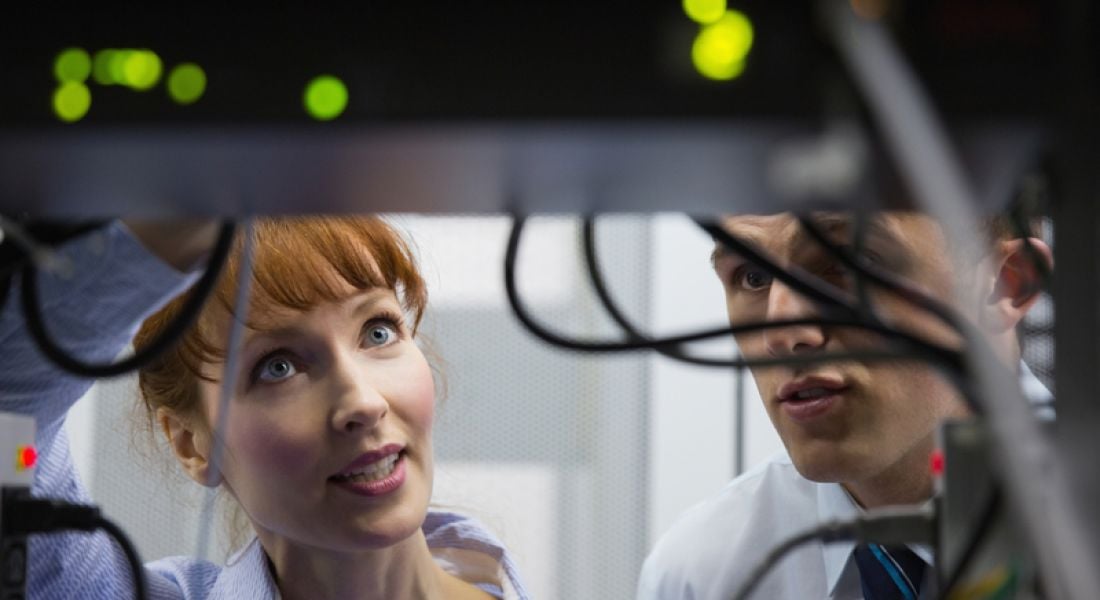A new global survey reveals that the gap between men and women’s salaries is actually at its widest in the tech industry, which is trying its hardest to cultivate the illusion of being a pillar of diversity.
Glassdoor surveyed male-female pay differences in five countries: the US, the UK, Australia, Germany and France.
In the US, men earn on average 24.1pc higher base pay than women, amounting to women earning about 76 cents per dollar earned by men. However, when comparing workers with similar age, education and years of experience, the gap is 19.2pc.
In the US, the gender pay gap is about 5.4pc which, based on today’s real median earnings for full-time working women in the US amounts to a pay loss of $2,140 per year or $64,100 over 30 years.
‘Little of the gap is explained by differences in experience and levels of education, or is left unexplained and possibly due to overt discrimination’
– GLASSDOOR
The study indicates that the single biggest cause of the gender pay gap is “occupation and industry sorting of men and women” into jobs that pay differently throughout the economy. For example, women in the US made up only 26pc of highly paid CEOs, but 71pc of low-paid cashiers.
![]()
In the US, the “adjusted” gender pay gap is largest for computer programmer, chef, dentist, C-suite professional, psychologist, pharmacist and CAD designer occupations. The gender pay gap is smallest for social worker, merchandiser, research assistant, purchasing specialist, physician advisor, and communications associate occupations.
According to the study, the occupation with the highest gender pay gap was computer programmer, with a gap of 28.3pc.
This amounts to women earning on average 72 cents per dollar earned by men, after controlling for all differences between jobs, companies and workers – a gap that is roughly five times larger than the US average “adjusted” gender pay gap of 5.4pc.
According to one part of the report, “Most of today’s differences in male-female pay are due to forces that push men and women into different jobs and industries, including different paths through the education system, pressures that divert men and women into different college majors and career tracks, and social norms regarding child care and family responsibilities.
“By comparison, little of the gap is explained by differences in experience and levels of education, or is left unexplained and possibly due to overt discrimination.”
![]()
Main image via Shutterstock




